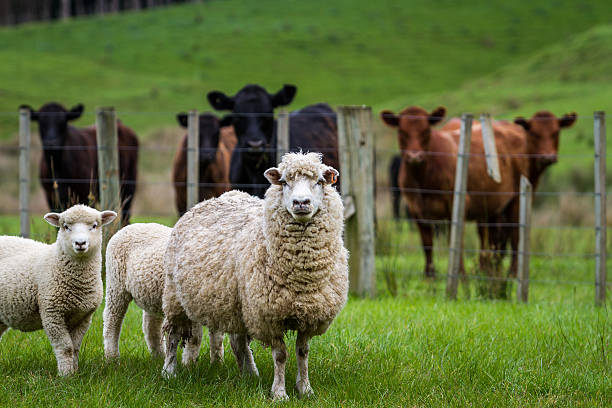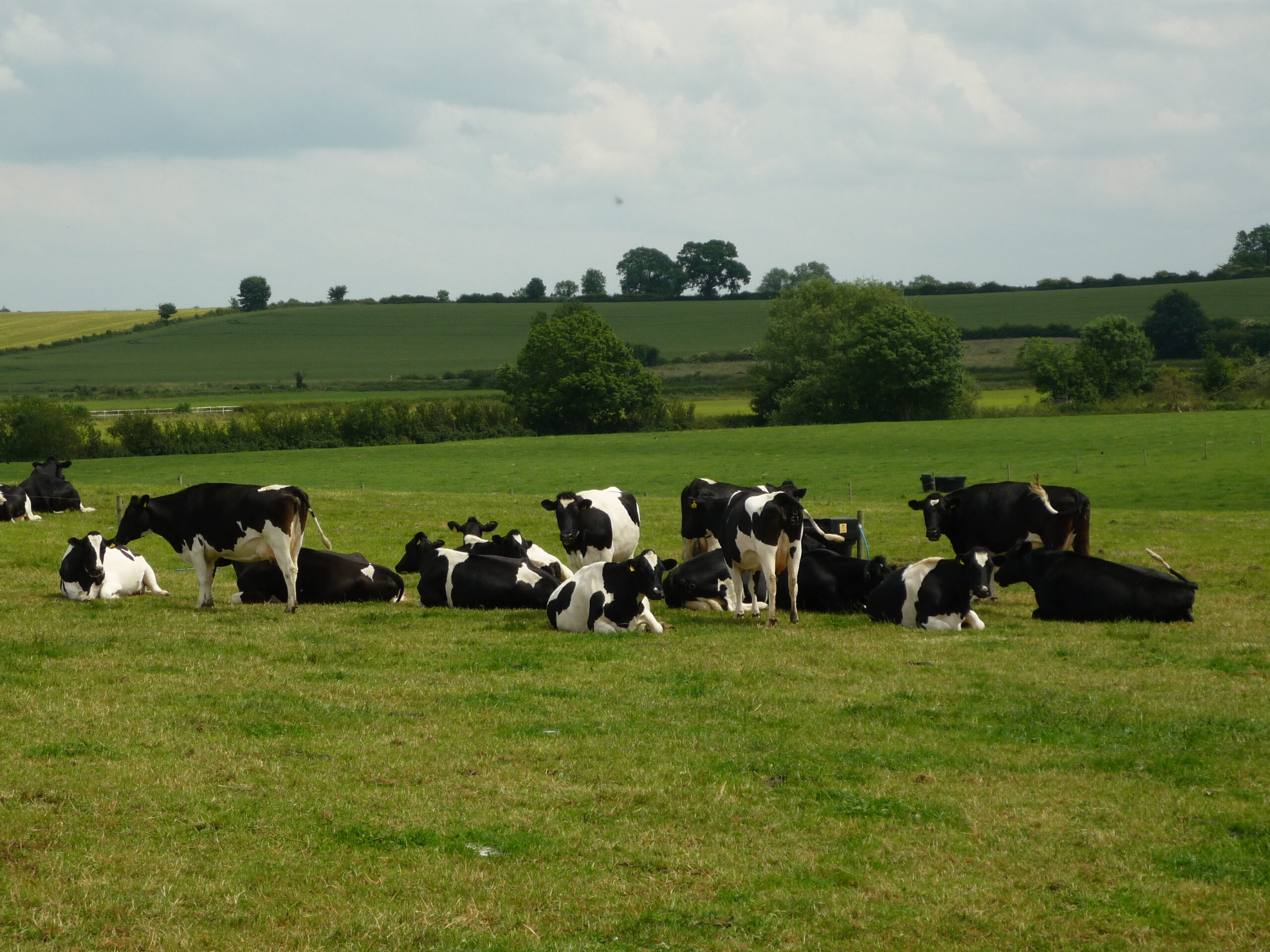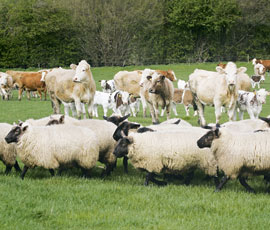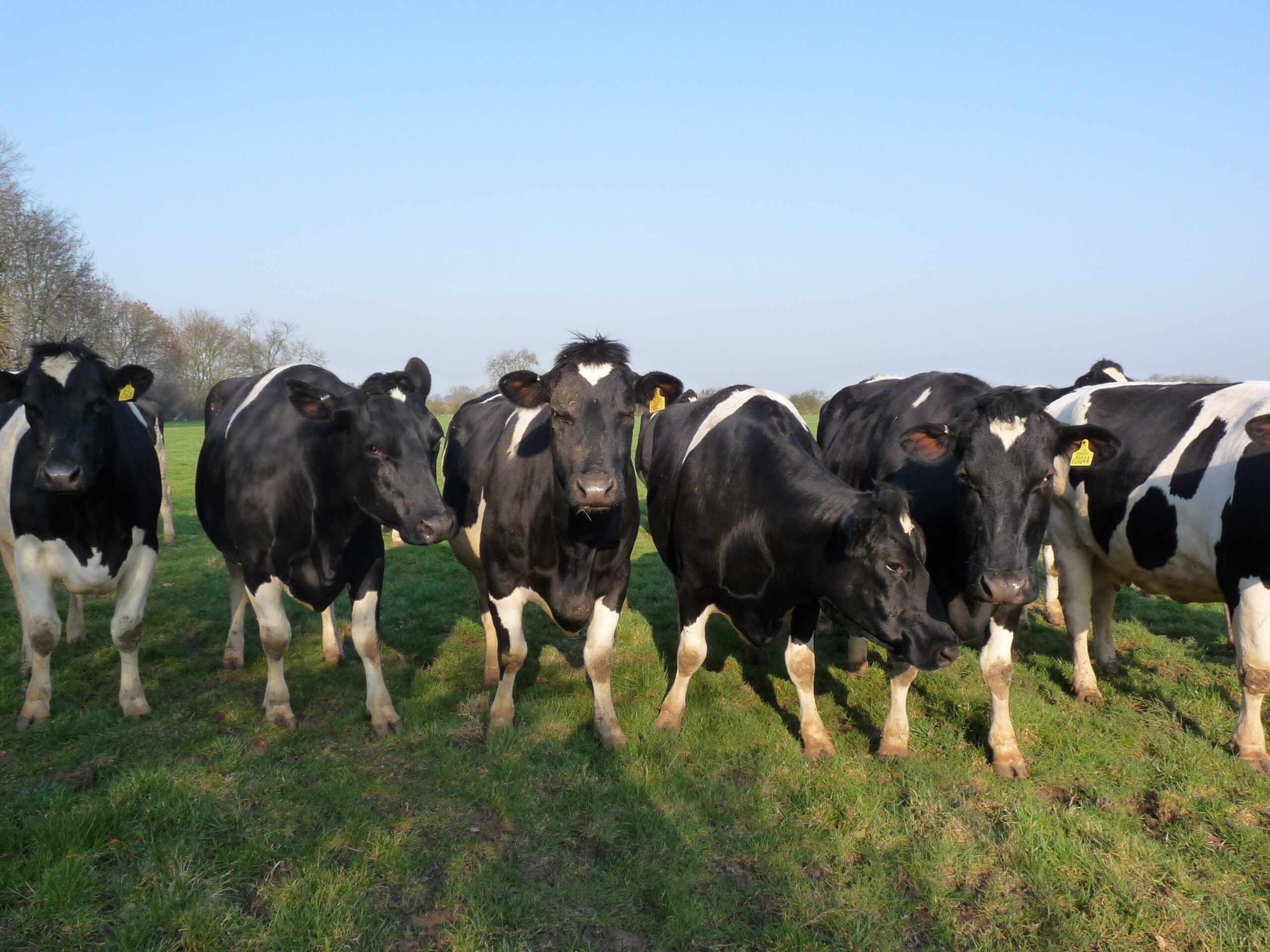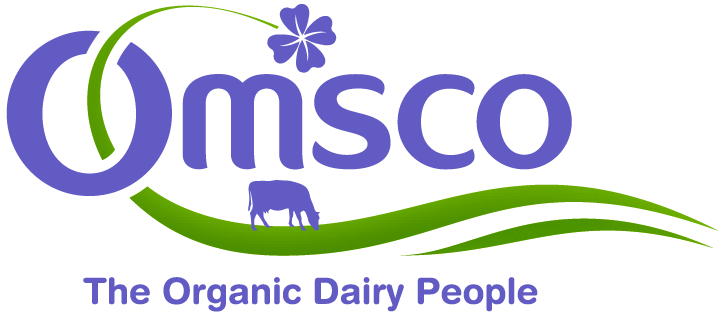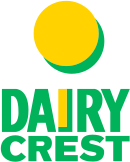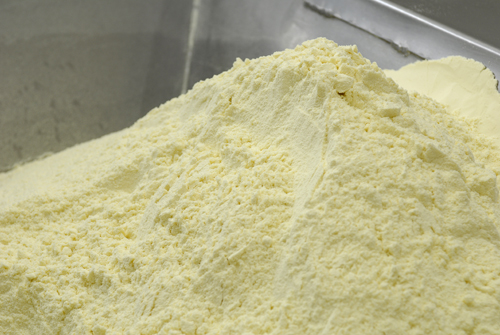All the main categories of farm livestock showed a decline in numbers in December versus a year earlier. The figures from Defra’s Livestock Population are shown in the table below;
| UK December Survey (Livestock) – source DEFRA | |||||
| Numbers – ‘000 Head |
2015 |
2016 | 2017 | 2018 |
Change 17 to 18 |
| TOTAL CATTLE & CALVES |
9,816 |
9,806 | 9,787 | 9,610 |
-1.8% |
| TOTAL BREEDING HERD |
3,469 |
3,451 | 3,443 | 3,382 |
-1.8% |
| Dairy Breeding Herd |
1,918 |
1,898 | 1,904 | 1,879 |
-1.3% |
| Beef Breeding Herd |
1,551 |
1,554 | 1,539 | 1,503 |
-2.4% |
| TOTAL SHEEP & LAMBS |
23,106 |
23,671 | 23,239 | 22,506 |
-3.2% |
| BREEDING FLOCK |
14,622 |
14,680 | 14,659 | 14,084 |
-3.9% |
| TOTAL PIGS |
4,422 |
4,538 | 4,713 | 4,648 |
-1.4% |
| BREEDING HERD |
401 |
409 | 407 | 406 |
-0.4% |
Cattle numbers are reduced, with the lack of forage in the late summer seeing higher-than-usual levels of cullings. In terms of the breeding herd, it can be seen that this has had a larger effect on the beef sector than in dairy. Relatively subdued prices and the uncertainty of Brexit are also likely to have played a part.
Sheep breeding ewe numbers are also back, despite lamb prices in 2018 generally being quite good. The lack of grass at the time of the autumn sheep sales saw fewer breeding animals being retained, and the reduced 2018 lamb crop also reduced availability of replacements. As the sector that would be most affected by a No-Deal Brexit, sheep farmers may also have retrenched until the situation came clearer.
Pig numbers show less change, although with profitability in the sector once again under pressure, there may be a further decline through the next few months. More details can be found at – https://www.gov.uk/government/statistics/farming-statistics-livestock-populations-at-1-december-2018-uk
